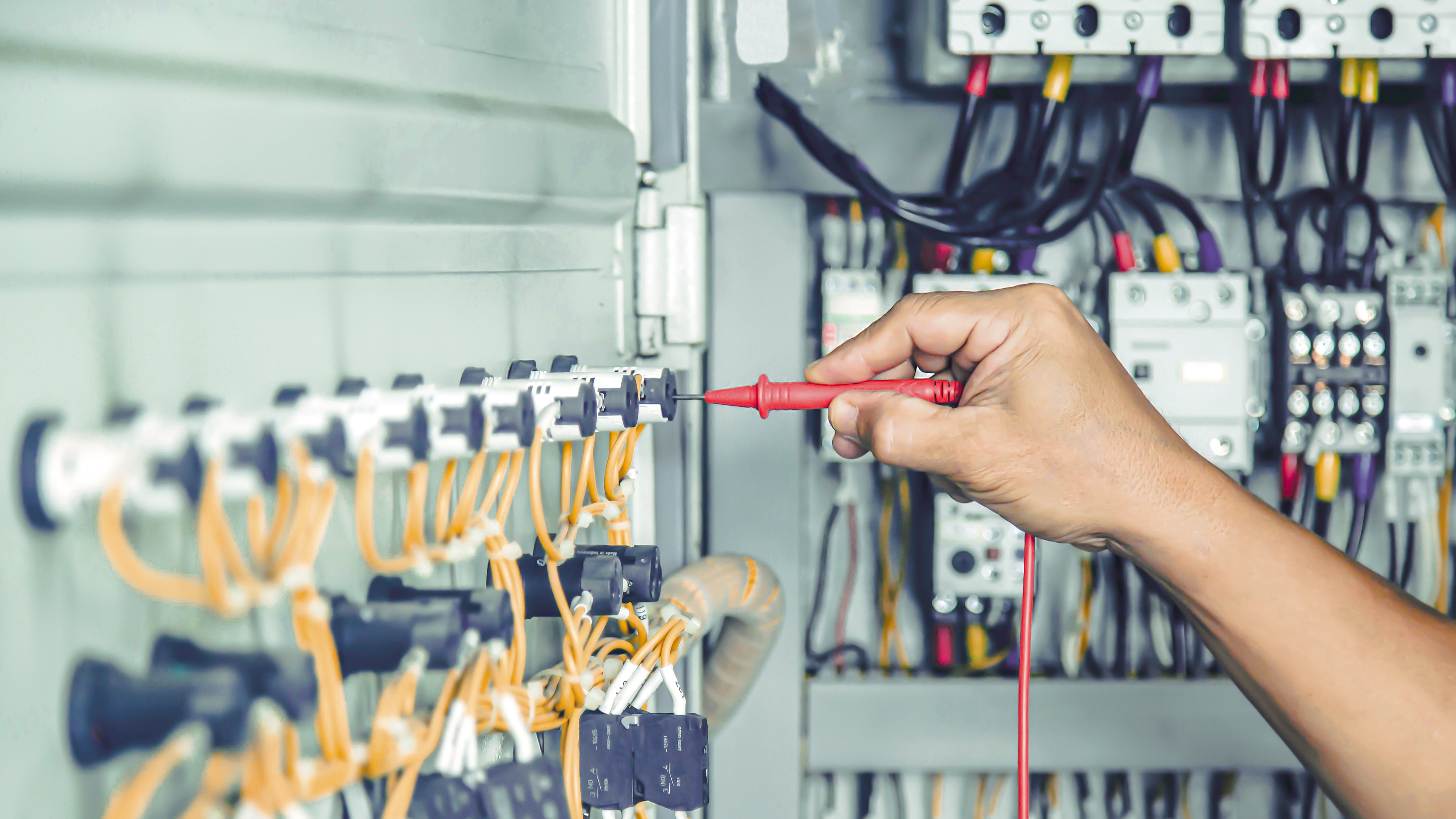Author
 Andrew Mutch
Having previously worked as an aircraft technician with HM Forces, Andy is one of our Professional Services Consultants and has been with EPLAN for 10 years. Part of Andy's role is to actively analyse customers processes, develop solution concepts and workflows for customer requirements. Andy is also our resident Harness expert!
Mutch.a@eplan.co.uk
Andrew Mutch auf LinkedIn
Andrew Mutch
Having previously worked as an aircraft technician with HM Forces, Andy is one of our Professional Services Consultants and has been with EPLAN for 10 years. Part of Andy's role is to actively analyse customers processes, develop solution concepts and workflows for customer requirements. Andy is also our resident Harness expert!
Mutch.a@eplan.co.uk
Andrew Mutch auf LinkedIn
What Are the Benefits of Standardised Electrical Designs?
In this article, we’ll outline the benefits of standardised electrical designs.
Discover how to avoid electrical mistakes getting through to production
1. Enhanced Compatibility
A key benefit of standardised electrical designs is the uniformity they offer. Standardised components and layouts ensure that parts are interchangeable, and systems are compatible across different applications and locations. This is particularly beneficial in global projects where consistency in design is non-negotiable.
Standardisation also simplifies the procurement process as engineers can source components from multiple suppliers without worrying about compatibility issues. The Eplan Data Portal provides millions of data sets about devices from hundreds of manufacturers that can be easily incorporated into your schematics, saving considerable time assembling parts data.
2. Improve safety through regulatory compliance
Safety is a priority in electrical engineering, and standardisation plays a critical role in mitigating risks. By adhering to established safety regulations, standardised designs ensure that every component and system meets the required standards, reducing the likelihood of accidents caused by faulty designs or incompatible components.
Eplan offers a suite of software and services that are tailored to enhance the standardisation of your electrical engineering projects using pre-designed templates that align with key industry standards, such as IEC and NFPA. These templates are an invaluable foundation for your designs, ensuring compliance and consistency. With Eplan you can easily integrate quality standards that comply with industry regulations in your day-to-day operations, streamlining your workflows and enhancing overall efficiency.
3. Better use of time and money
Standardisation in electrical design also delivers significant cost savings and enables designers and engineers to make better use of their time. From the outset, Eplan providers designers with free project templates and circuit examples that they can use as the basis for their projects, drastically reducing the time required for the initial planning stages.
By using standardised parts and layouts, businesses can benefit from economies of scale, while they can also reduce expenditure in the manufacturing process by cutting down on production time and labour costs. In the long run, the savings can be substantial, especially for large-scale projects and businesses who operate in multiple locations.
4. Driving Innovation
Contrary to the belief that standardisation inhibits creativity, it actually stimulates innovation. By establishing a common foundation, engineers and designers can focus on developing creative solutions without reinventing the wheel with each project. Eplan’s free templates provide a reliable basis for projects that can be easily amended and scaled up for more innovative designs that meet the needs of each individual application.
Eplan’s tools centralise your project, making it easily accessible to all stakeholders and facilitating the sharing of work templates, reusable sub-projects, and completed projects. This helps to streamline the process of collaboration, coordination, and obtaining approvals while enhancing the efficiency of project management.
Contact Us To Find Out More
For more information about how Eplan can help to standardise your electrical designs, please get in touch today.



Comments